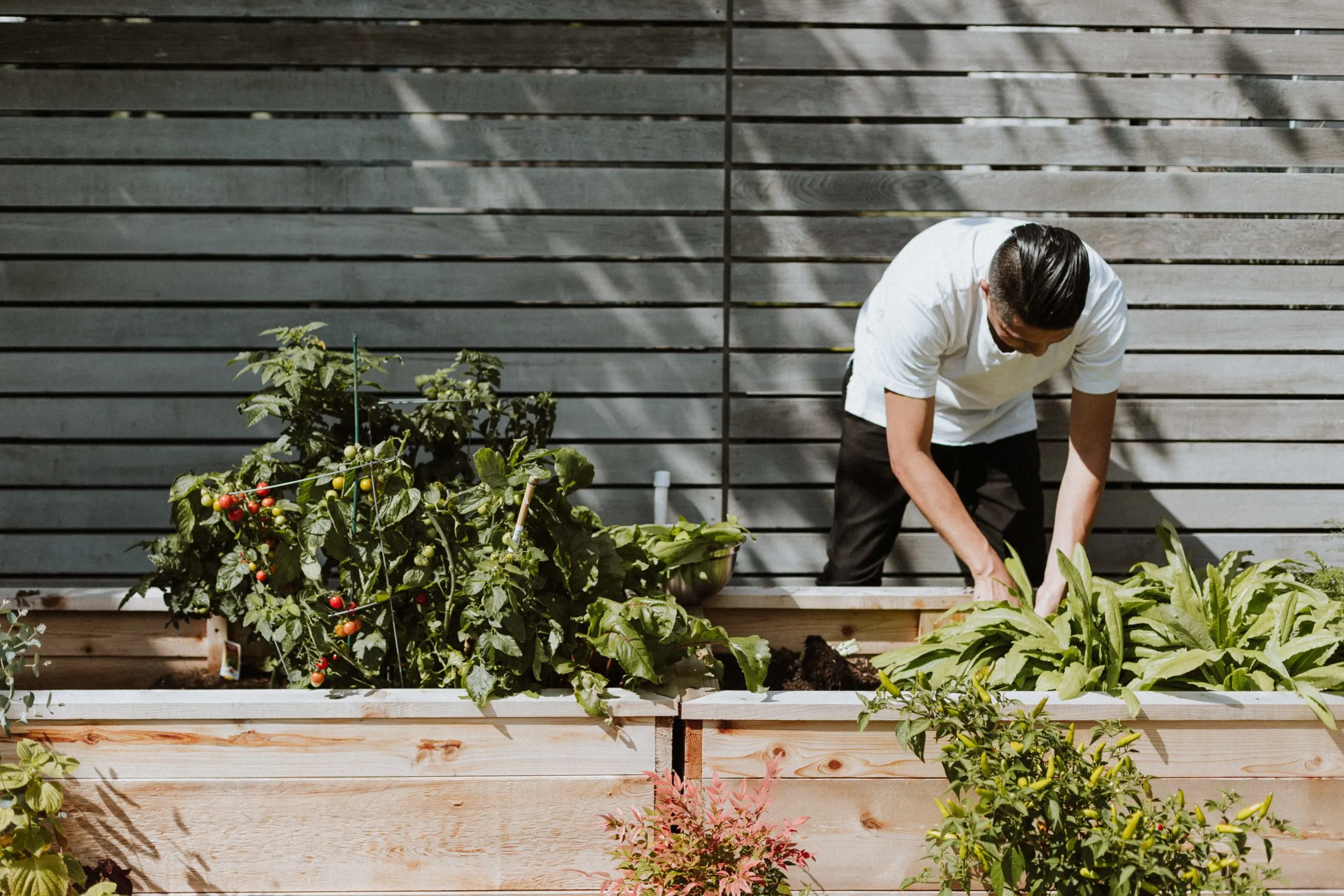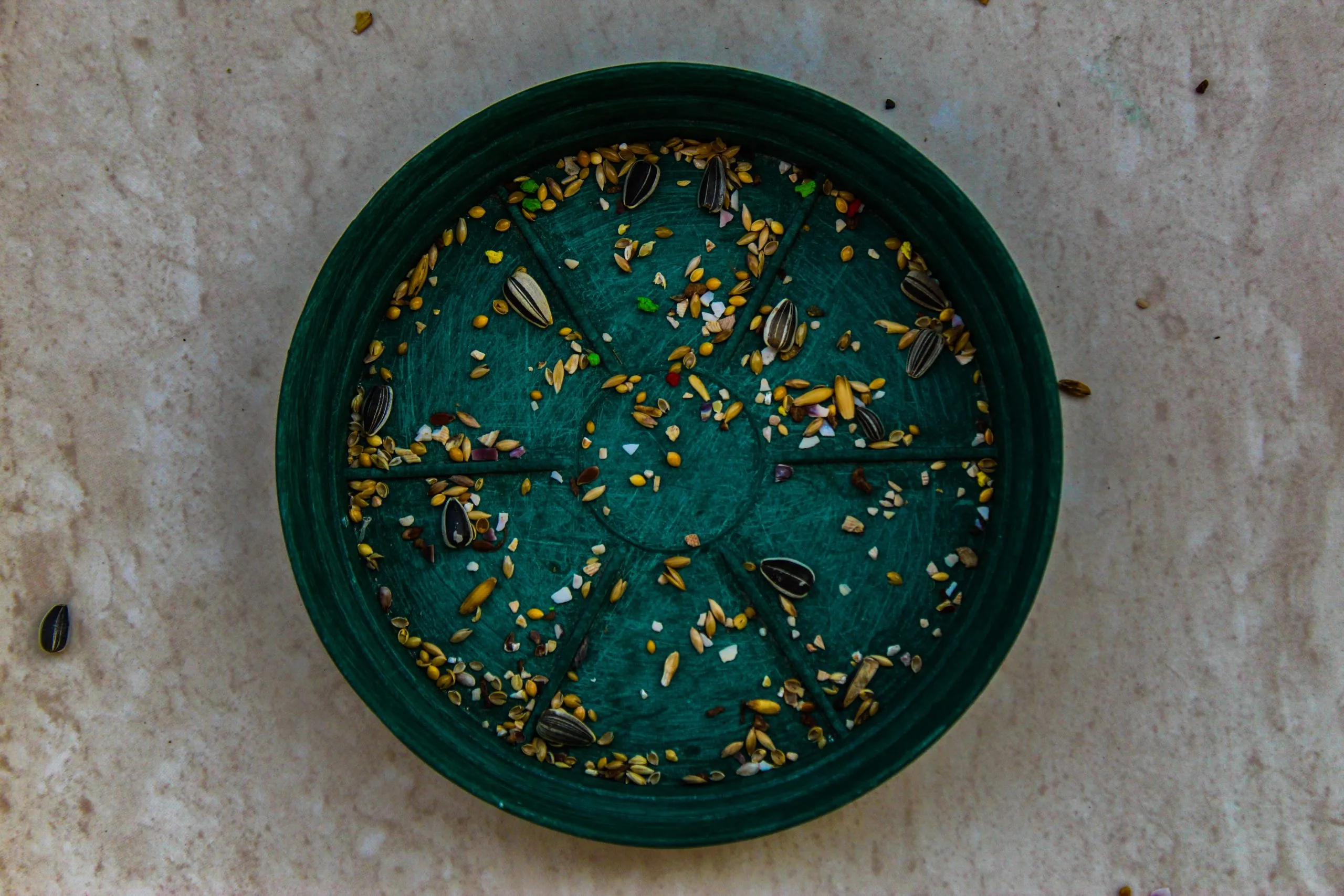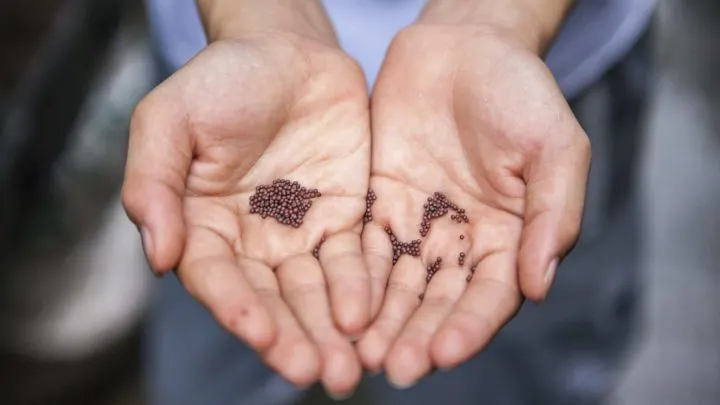What is your household’s greatest expense? After your rent or mortgage and car payment, it’s likely that groceries are among the biggest budget items for you and your family. Cutting coupons, taking advantage of special offers, and shopping around for deals can help stretch your budget, but it can only take you so far.
So, what else can you do? A movement has taken hold in recent years, encouraging folks in urban and rural settings alike to do things the old fashioned way. This article offers an overview on how to save seeds and get started growing your own food.
One piece of advice before you embark on your gardening journey. When done well, a home garden can be a great way to provide your family with fresh produce and cut food costs. However, as the author of the comedic gardening memoir, The $64 Tomato would tell you, it’s easy to end up spending a lot more to build and maintain a garden than it would have been if you just picked up a couple pounds of tomatoes at your local supermarket.
But for those of us who “garden smart” know how to save seeds the right way and cut expenses where it counts. Done right, growing our own food can be a revolutionary act. It can revolutionize our health, our finances, and our sense of empowerment.

Where to Start: Learn the Trade
As with any new project, before you invest time or money in developing a new garden, learn a bit about the practice. What fruits and vegetables thrive where you live? During which season do your favorite vegetables grow and ripen? Do the plants you hope to put next to one another tend to cross-pollinate? Are your favorite fruits and veggies perennial, biennial, or annual?
Also know how you can acquire seeds and plants to get your garden started. Did you know that SNAP/food stamps can be used to purchase seeds and edible plants? Aside from saving seeds from the produce you’ve already purchased, using SNAP to purchase seeds and plants is another way to get started.

Where to Garden: Be Creative with your Space
Whether you live in a tiny city apartment, or you’ve got back yard for days, anyone can participate in the practice of growing their own food. Be creative. Ron Finley of South Central, LA, has had extraordinary success in planting gardens in unused spaces around the city. You might take inspiration from his Ted Talk where he explains how he used vacant lots and even on the parkway in front of his home.
Short of using vacant lots and parkways around your neighborhood, there are a lot of food-producing plants that can be grown inside. There are the more obvious varieties, like herbs, which are far less expensive to grow at home than to buy in the grocery store. But, you may not have known that you can even cultivate small fruit trees indoors!
Living in a suburban or rural area may allow for more potential gardening space, but there are still some important factors to consider. Make sure you place your garden in a spot that gets plenty of direct sunlight, is sheltered from high winds, and is protected from potential pests. Try out this app from Seed Money Garden Planner as a resource for how to create the best layout for your garden.

How to Save Seeds When You’re Ready to Garden
So you’ve done your research, found a perfect spot to grow your bounty, and you’re ready to get this garden started. All you need to get the show on the road are the seeds of your favorite fruits and veggies! The easiest way to acquire these seeds is to purchase them in packets, intended for home growing. However, it is still possible to use the seeds from store- and farmer’s market-purchased fruits and vegetables.
Before you start plucking seeds from your apple cores and watermelon rinds, make sure you’re aware of which types of seeds are worth saving, and which seeds should be put out with the compost.
Seed Savers Exchange has a wealth of information and a comprehensive guide for seed saving. If you’re just getting started with learning how to save seeds, here are a few pieces of advice from expert gardeners and seed savers:
- Don’t save seeds extracted from hybrid produce. The offspring from these plants won’t share most of the same characteristics of the parent plant.
- Do save seeds from open-pollinated and heirloom varieties. The offspring from these plants will be the same as the parent plant.
How do you know which type of produce you’re handling? It isn’t always easy to know. Fruits and vegetables labeled “heirloom” should be safe to extract seeds from. All heirloom produce is open-pollinated (although not all open-pollinated produce is heirloom), which means they will result in offspring that are true to their parent plant. GardenZeus is also a helpful resource for learning which seeds can be saved and which can’t.
Once you’ve collected your seeds, make sure to let them dry out before storing them in a cool, dry place. You can store them in the refrigerator or freezer for up to two years in an airtight container.
So, what’s the bottom line on how to save seeds and grow your own food? Do your research. Growing your own food is a great way to save money once you know the basics.

